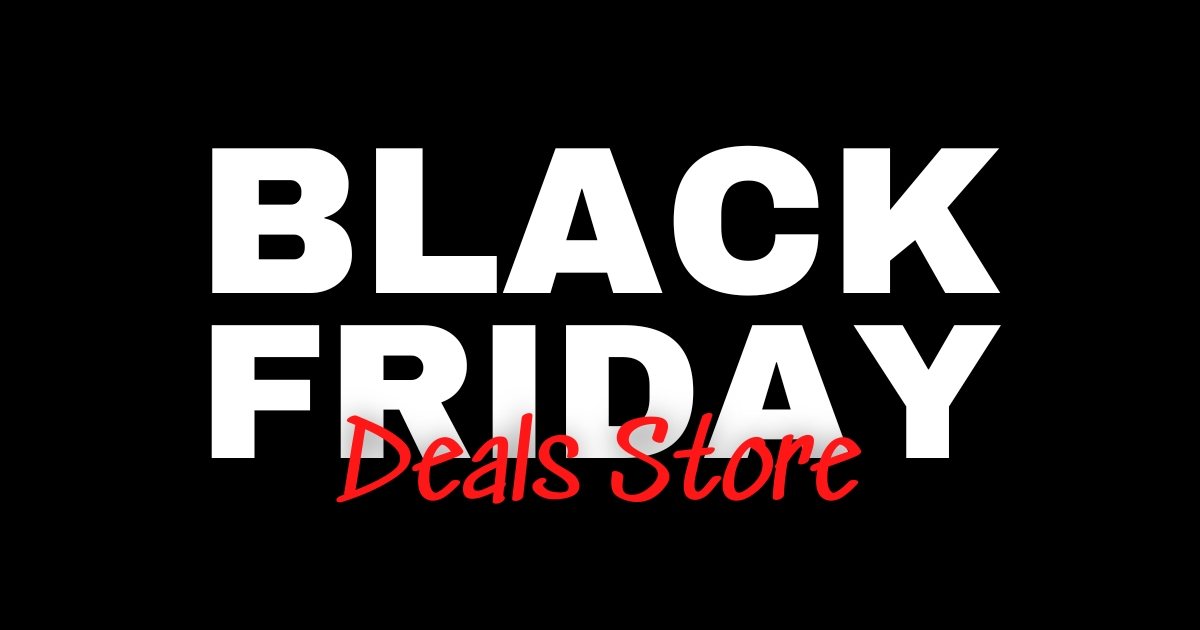Black Friday is the shopping event that takes place the day after Thanksgiving. Many retailers offer a wide range of deals that are advertised a month or more in advance.
In [year], Walmart held a three-week Deals for Days sale that started online on November 7 and in stores on Nov. 9. Best Buy’s early Black Friday sales kicked off on Oct. 24 and ended on Cyber Monday.
Traditional Black Friday Start Times
Black Friday is one of the biggest sales days of the year, offering deep discounts on popular products. Retailers typically spend an entire year planning these deals and doorbusters, hoping to draw in shoppers who are willing to fight over the best bargains.
In recent years, however, Black Friday has moved away from its traditional date on the day after Thanksgiving. Instead, it’s now common for retailers to start their Black Friday sales well before the holiday. This year, for example, JCPenney started its Black Friday sale on Nov. 1 and will have a new sale each week of November.
As for why it’s called Black Friday, the name dates back to 1869 when Wall Street financiers Jay Gould and Jim Fisk attempted to corner the nation’s gold market, sending prices skyrocketing before President Ulysses S. Grant intervened. The term stuck, and it has since become associated with the frantic rush of holiday shopping.
This year, many MetroWest area retailers will open early for Black Friday. Solomon Pond Mall will open at 6 a.m., four hours earlier than usual. Meanwhile, Natick Mall will open at 8 a.m., two hours earlier than usual. In addition, many online retailers will be starting their Black Friday sales even earlier than physical stores. For example, Amazon has already started its Black Friday Deals for Days sale, while Walmart will have an early sales event on Nov. 7 for its Walmart+ members.
Black Friday Creep: Earlier Start Times
For many retailers, Black Friday is when they finally get “in the black” – that is, turn a profit for the year. Unfortunately, the day also has a bad reputation for being an ugly setting for consumer misbehavior, including fighting, pepper spraying, dumping merchandise and robberies.
For several years, some big-box stores inched their store opening times earlier on Thanksgiving to try and grab a piece of the annual sales bonanza. This trend was accelerated by the COVID-19 pandemic, which made crowds in large malls and shopping centers seem especially dangerous in terms of spreading the novel virus.
But the push toward earlier Black Friday start times appears to have hit a wall this year, in part due to the COVID-19 pandemic and in part because of waning consumer interest in discounted items. In fact, some retailers opted not to open at all on Thanksgiving this year, including clothing retailer Nordstrom and office-products suppliers hhgregg and Staples.
Despite the fading importance of Black Friday, most retailers will continue to offer discounts starting in October and possibly even earlier this year. The challenge for retailers will be to balance the desire to attract shoppers with the need to protect their margins in a tough economic climate.
The Influence of Online Shopping
Retailers have always marketed Black Friday as the start of a holiday shopping season. They may spend an entire year planning for this day, preparing their inventory to offer rock-bottom prices and securing deals with suppliers. Consumers are lured into stores by the promise of limited-time doorbusters and high-margin products such as TVs and smart devices. Consumer research has shown that buying something at a lower price than what they would pay normally is very satisfying. This is why retailers advertise their deals with the word “Black” in the name — it’s a reference to moving from the red to the black in accounting records, back when these were kept by hand and red indicated losses and black indicated profits.
In recent years, though, shoppers have begun to prefer online shopping and are reducing the number of visits they make to physical stores. The Covid pandemic may have played a role in this, but it’s likely that the growing popularity of Amazon Prime Day also has contributed to consumer apathy towards physical stores.
To compete with the Amazon effect, retailers should look for ways to offer similar benefits and features that consumers love about the online marketplace. For example, by using social media platforms such as Instagram and WhatsApp to support direct purchasing, retailers can give their customers a convenient way to shop for products without leaving the platform.
Extended Black Friday Periods
While the day after Thanksgiving is traditionally referred to as Black Friday, some retailers have started to open their sales before that date. This includes e-retailers who have been quick to offer online deals as soon as November arrives.
These early discounts are also a response to the fact that some retailers have seen a move towards their sales moving online and away from in-store shopping. As a result, Black Friday is a key opportunity for e-retailers to capture a share of the holiday shopping market before other competitors start their own sales.
Traditionally, Black Friday deals include limited-time doorbuster sales that are offered at prices so low the retailer may not even be able to make a profit. Often, these offers are available only in stores or online and some customers can even wait in line outside of stores before they open. In some cases, minor injuries are reported as shoppers fight over the best offers.
Many stores release their Black Friday ads ahead of time to create a sense of anticipation among consumers and encourage them to visit their sites in the days leading up to the big sale. In fact, some of the earliest Black Friday ad scans are leaked in advance or released in October to generate interest.
Regional and Store-Specific Variations
The day after Thanksgiving is known as Black Friday, but it has become more than just a shopping holiday. It’s also an unofficial start to the Christmas shopping season, with many stores offering heavily promoted doorbuster sales on popular items like TVs and smart devices. In addition, shoppers can expect long lines and crowded stores.
The name “Black Friday” is believed to have originated in Philadelphia during the 1950s when massive crowds of people would come into the city to shop and watch the Army-Navy football game. Local police officers dubbed the day “black” because of the congestion, traffic, and general chaos they encountered. The term was soon adopted by other cities and eventually grew into a national phenomenon.
Today, Black Friday starts early with online promotions and continues into the following week with events such as Cyber Monday. In fact, some retailers have started their Black Friday sales even earlier this year. Target (TGT) began its early sale on Oct. 9, while Best Buy (BBY) offered members advance access to their deals starting on Oct. 27. Home Depot (HD) and Lowe’s (LOW) are both launching their sales on Nov. 3, giving app and loyalty customers access to their offers before the official Black Friday event.
Predictions and Trends for Black Friday Start Time
Black Friday is an American tradition that marks the start of the holiday shopping season. Stores offer heavily promoted sales at discounted prices on electronics, toys, clothing, and other goods. In recent years, the event has expanded to last an entire week (Cyber Monday).
This year, Black Friday is expected to be a bit mellower than usual. Amid concerns about inflation and an upcoming recession, shoppers may be wary of spending. Retailers will need to work harder to drive traffic and conversions this year, says Kieboom.
Despite the lack of a traditional raucous atmosphere, retailers will continue to push deals early and often this year. For example, Walmart will launch its Deals for Days sale online on Monday, November 7th. The retailer will also let paying Walmart Plus members preview the deals and shop earlier than everyone else.
Other stores have started their Black Friday sales even earlier this year, with some opening on Thanksgiving Day and others running online promotions for weeks before the official Black Friday. In addition, many retailers will offer price protection throughout the season, meaning that if an item you buy goes on sale later, you can get a refund for the difference.
Conclusion: When Black Friday Starts?
The day after Thanksgiving is the biggest shopping event of the year in the United States. It’s when retailers offer heavily promoted sales on electronics, toys and other products. In recent years, Black Friday has extended into the week and even into Cyber Monday, a shopping day that occurs online on the first Monday after Thanksgiving.
Many retailers start releasing special offers and discounts in the lead up to Black Friday, often extending these deals into the weekend. The best way to make sure you’re able to take advantage of the most discounts is by signing up to email newsletters from your favourite retailers and following them on social media. Money-saving apps such as Vouchercloud can also be useful for tracking prices and discovering new savings opportunities.
Black Friday is a good opportunity to score some amazing bargains on electronics and other items, but it’s important not to go overboard. Set a budget for yourself beforehand and try to stick to it. Using credit cards can help you spread the cost and avoid going into debt, so it’s worth considering this option as you shop. Likewise, be sure to read the terms and conditions carefully before purchasing anything from an unfamiliar retailer.

